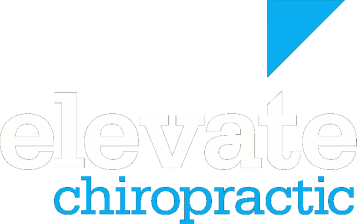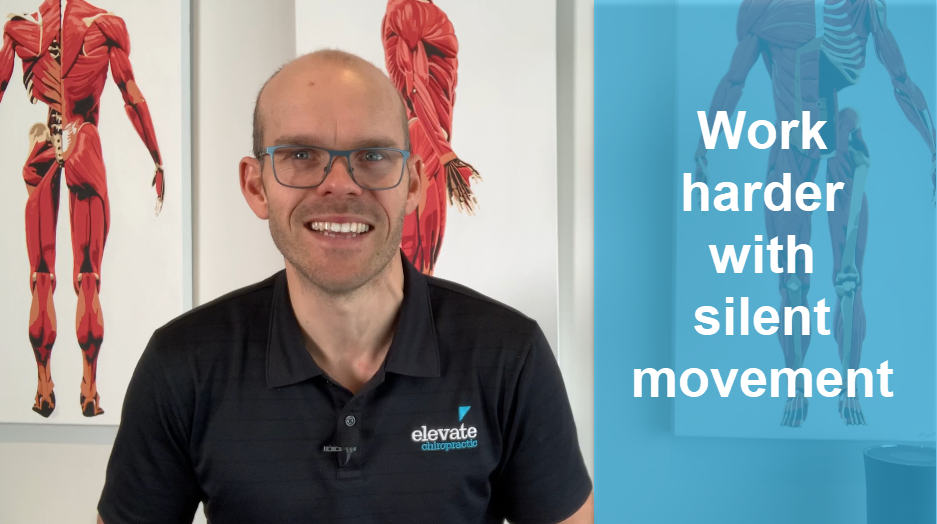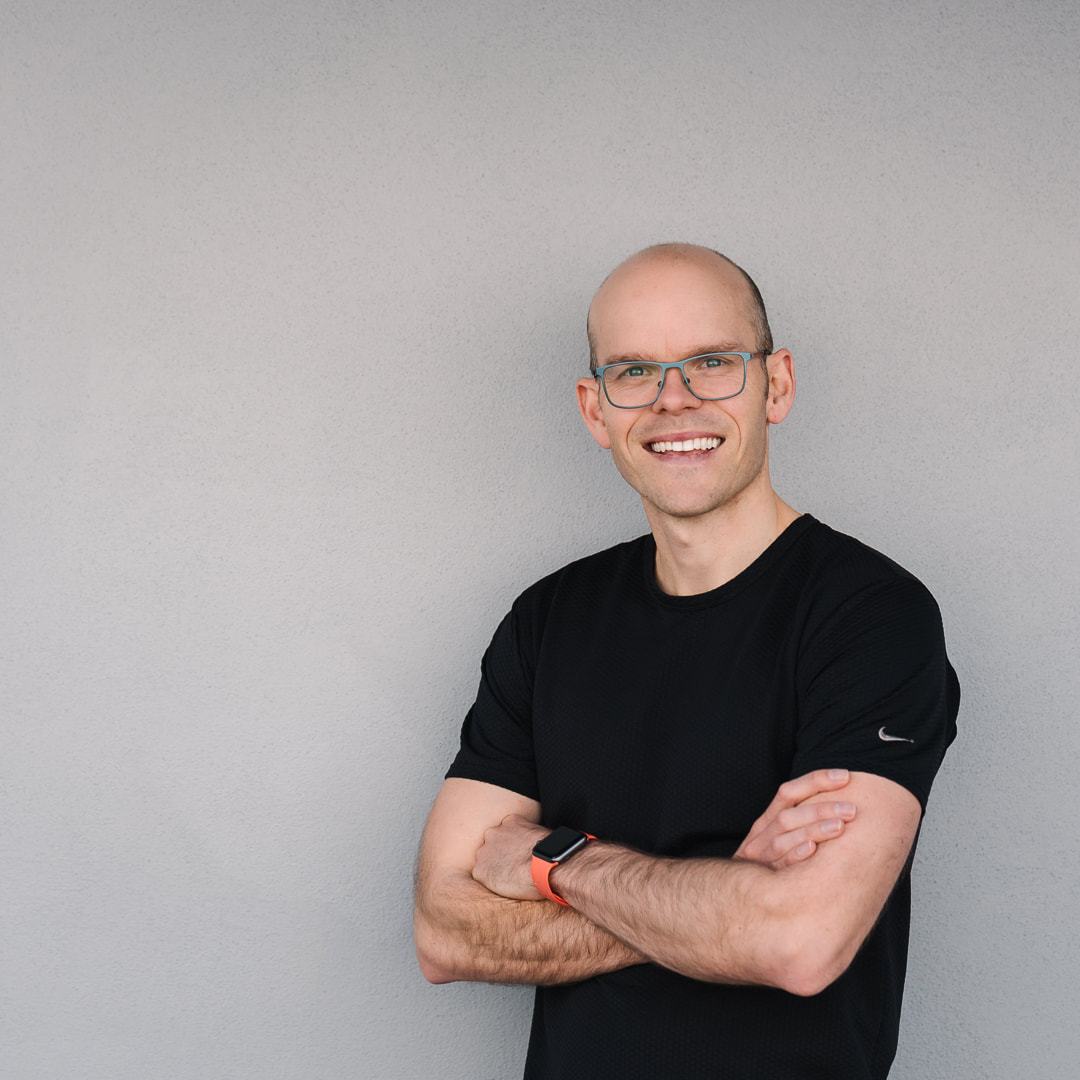 A proper cross-crawling pattern is something babies usually develop around 6-8 months and it helps develop the connection between the left and right side of the body. Unfortunately it something that as we get older we hardly ever do. Maybe it is something we should consider adding to our daily routines? It is great for the brain/body and according some research it can even help your working memory. Continue reading to see what they found and how to do a proper cross-crawl pattern. (I couldn't help but add a photo of my daughter, Bailey, after she learnt to crawl). Everyone knows that we need to exercise, especially with our increasingly sedentary lifestyles. Walking is a simple activity that most people can do. However, there are ways that you can get more 'bang for buck' with your walks. Walking technique is important and can make a big difference. I don't want to go into that in this post, but if you are interested, check out the gait guys. They have fantastic information on walking and your gait cycle. For this post I have compiled a list of 8 simple tips to use to help you get the most out of your walking. Continue reading to see if the tips could help you.
I think the feet are a part of the body that should have more attention paid to them. Most people wouldn't look at the feet unless there was a problem with them. This could be a mistake. Having feet that are working well enables your body to function better. Foot dysfunction can lead to knee, hip, lower back and upper back problems. I came across this research the other day that showed how self-myofascial release of the underside of the foot can increase hamstring and lower back flexibility. It is a very simple thing to try. Continue reading to see what they did PLUS I give my 5 simple tips for improving your foot function.
I have had a few people comment on my last blog post about the Beighton Hypermobilty Score and ask, what does a low score mean? Well I thought I would answer this in my next blog post, so here it goes.
The test was a test for hypermobility, If you scored low on the test, it means that you are unlikely to be hypermobile. The test simply checks the motion of certain joints but not all joints. It doesn’t look at the shoulders, the cervical spine, the jaw etc. You can have some joints that are more mobile than others. The test is simply an indication of hypermobile joints. If you scored a '0' with the little fingers, thumbs, elbows and knees that is fine, it means those joints are not hypermobile. It is the last test that interests me the most. The arrival of the New Year inevitably brings about thoughts of New Year’s Resolutions. One of the main resolutions that you always hear about is starting an exercise program or hitting the gym to get into good shape or lose those holiday kilos that somehow managed to find their way onto your body. A lot of the time, these resolutions are short lived as the program you started is not sustainable, you suffer an injury or you lose interest. Here are my tips for helping get the best results and hopefully avoiding injuries.
In part 1 of this series I explained how technology can put you in poor positions that often lead to pain and dysfunction and can even increase your risk of injuries. Simply looking down at your phone can lead to 27kg of extra pressure being put on your neck and spine. We can’t get away from technology and less than ideal postures all the time, so how can we minimise the effects? Here are 5 ways to help counteract the problems stemming from the use of technology.
A big emphasis of my work is stability, especially in people with lower back pain or a history of recurring lower back pain. The first step when someone comes to my chiropractic practice, is to assess the area, restore optimal
function and reduce the initial complaint through chiropractic care. Once things are functioning better, the emphasis moves onto why the problem was there in the first place and how we can stop it from coming back. This invariably will include some sort of stability exercises and stretches. There are hundreds of different exercises and workouts out there and what is best for an individual will depend on numerous factors. A good question to ask is, what is the difference between an exercise done seated and standing? I came across some interesting research that I thought I should share. People often think that any pain in the leg, whether it is in the front, back or side, is called 'sciatica'. However, this is not the case. Sciatica is defined as pain or discomfort associated with the sciatic nerve which runs from the lower back, down the back of the legs to the feet. It is estimated that up to 40% of the New Zealand population will experience sciatica at some point in their lives.
To fully understand Sciatica, you first need to know what the sciatic nerve is. The sciatic nerve is the longest nerve in the body and is actually composed of two nerves, the common fibular (or peroneal) nerve and the Tibial nerve. These nerves are originally formed from 5 different nerve roots in the lower lumbar spine and pelvis. These nerves join together then run down the back of the thigh to knee level where they split and one travels down the front of the lower leg and one travels down the back of the lower leg. Lets look a bit deeper and see how sciatica occurs, how you diagnose it and most importantly, how to fix it. For those of you that have been to see me in my practice will know that I am a big believer in functional movement, movement patterns, flexibility etc. I am also interested in simple ways to test general movement,
flexibility, coordination and so on. I came across some interesting Brazilian research recently. They have developed a simple screening test of musculoskeletal fitness, called the Sitting-Rising Test (SRT). This test, put simply, is your ability to sit and then rise off the ground. Their research indicates that this test may predict your longevity in the next 5-6 years. |
Dr Craig BuscombBringing you news, research and advice on health, wellness, exercise and chiropractic care to help take your health to the next level Archives
July 2024
Categories
All
It's what you do everyday that impacts your health, not what you do sometimes. |
|




 RSS Feed
RSS Feed


